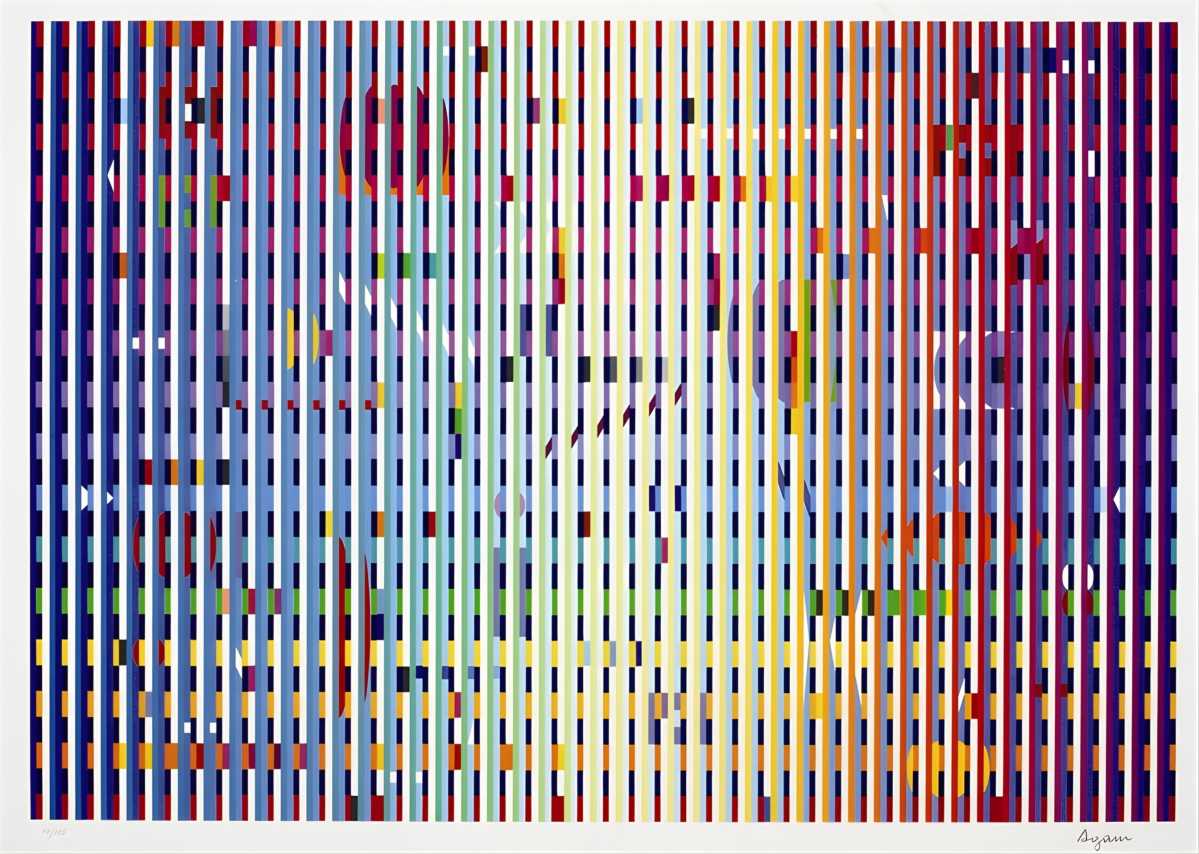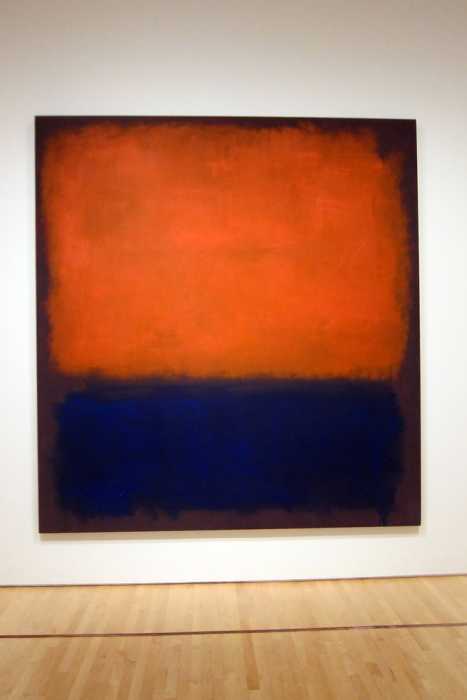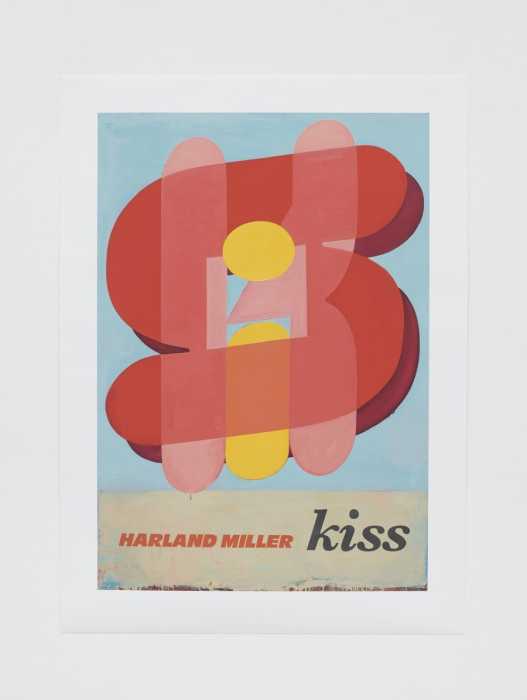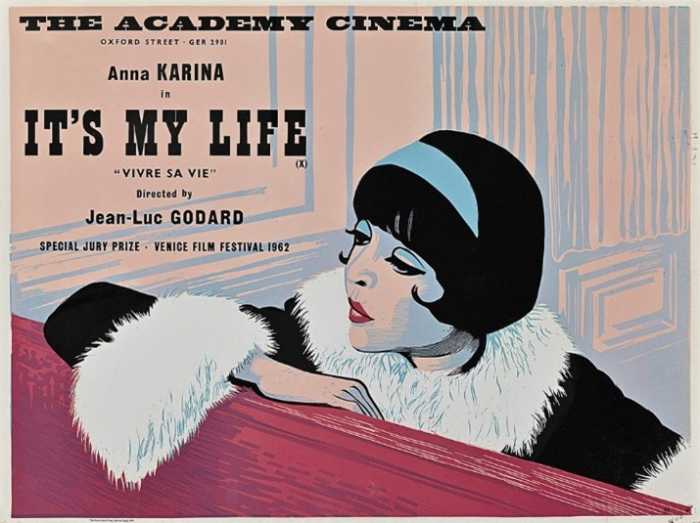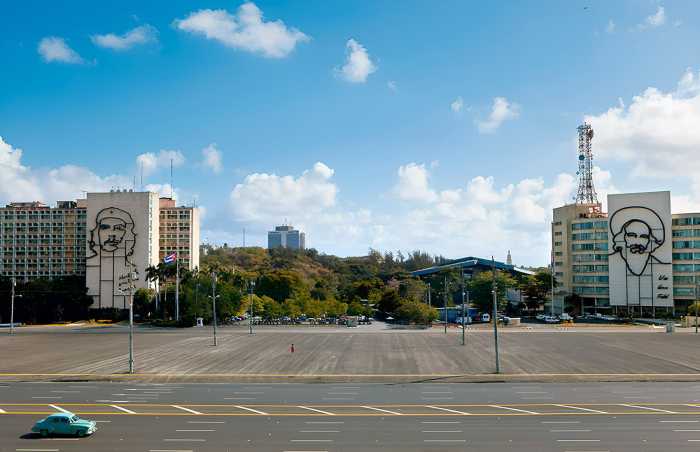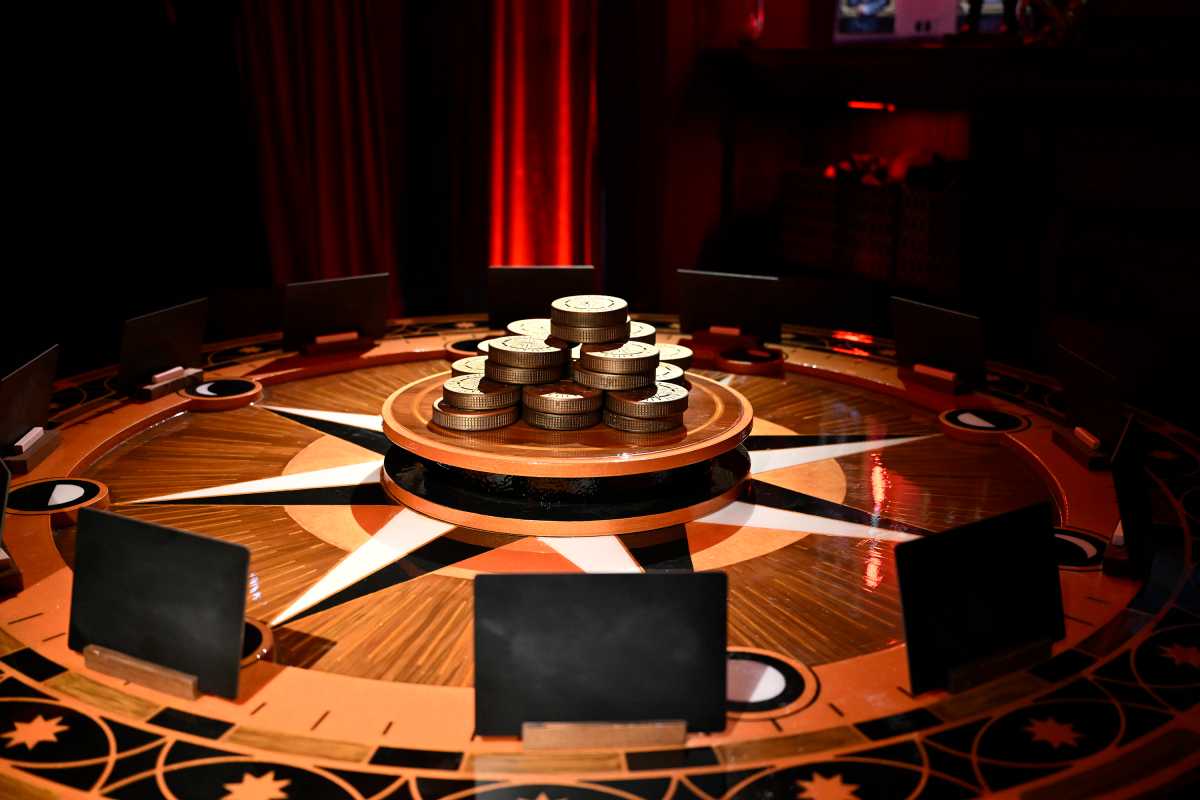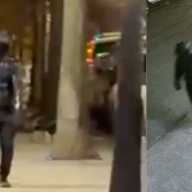There are artists who paint the world as it is, and then there are those who remind us that the world never stands still. Yaacov Agam belongs firmly to the latter. He did not simply create art—he engineered movement, perception, and time itself.
For more than seven decades, Agam has redefined what it means to see. His work asks not for passive observation, but for participation. To stand before an Agam piece is to experience the hum of transformation—to watch color, geometry, and spirit shift before your eyes as if light itself were alive. The effect is both hypnotic and deeply human: the reminder that progress, like faith, is only visible when we move.
Born in 1928 in Rishon LeZion, Israel, to an Orthodox family, Agam’s earliest relationship with imagery was one of reverence and restraint. The Jewish commandment against graven images instilled in him a fascination with the unseen. His education at the Bezalel Academy of Art and Design in Jerusalem and later studies in Zurich under Johannes Itten and Max Bill grounded him in color theory and European modernism, while his spiritual roots pulled him toward mysticism. The result was a philosophy that merged Kabbalistic metaphysics with Bauhaus discipline—a marriage of the sacred and the scientific.
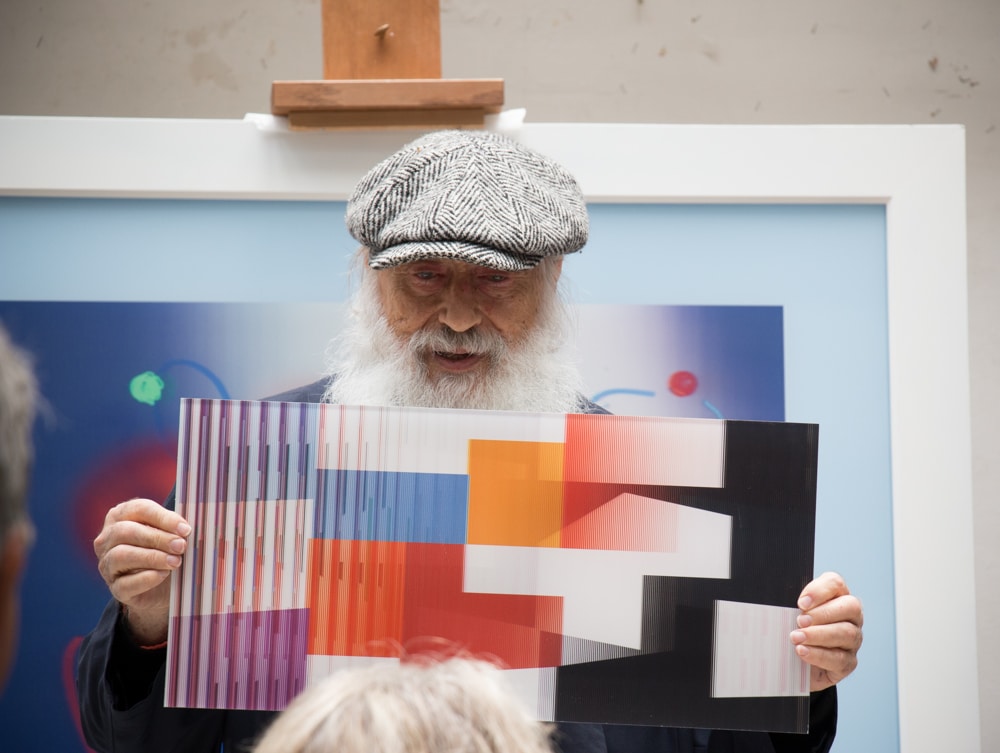
Renowned critic Sigfried Giedion, who taught him at ETH Zurich, became a key influence, urging Agam to transcend the static.
“In life, you look at art and it doesn’t change,” Agam later said. “But everything changes. You have to go beyond the visible.” That single idea—beyond the visible—would define the entirety of his career.
By 1951, Agam had moved to Paris, where the art world was still reeling from the aftermath of Cubism and the emergence of abstraction. Within two years, his first solo show at Galerie Craven introduced a new kind of alchemy: works that changed form depending on the viewer’s movement. At the time, participation in art was radical—almost unthinkable. But Agam wasn’t interested in art as an object; he wanted art as dialogue. His follow-up exhibitions, including the 1955 landmark “Le Mouvement” at Galerie Denise René, positioned him as a founder of the kinetic art movement—an artistic revolution in motion.
To walk past an Agam piece is to become part of it. His signature “Agamographs”, invented in 1971, transform before your eyes—patterns dissolving into color fields, spiritual symbols morphing into pure abstraction. His “Holo” series, his monumental “Fire and Water Fountain” in Tel Aviv’s Dizengoff Square, and the world’s largest menorah in New York all share this same kinetic divinity: each work is a living organism of color, reflection, and renewal.
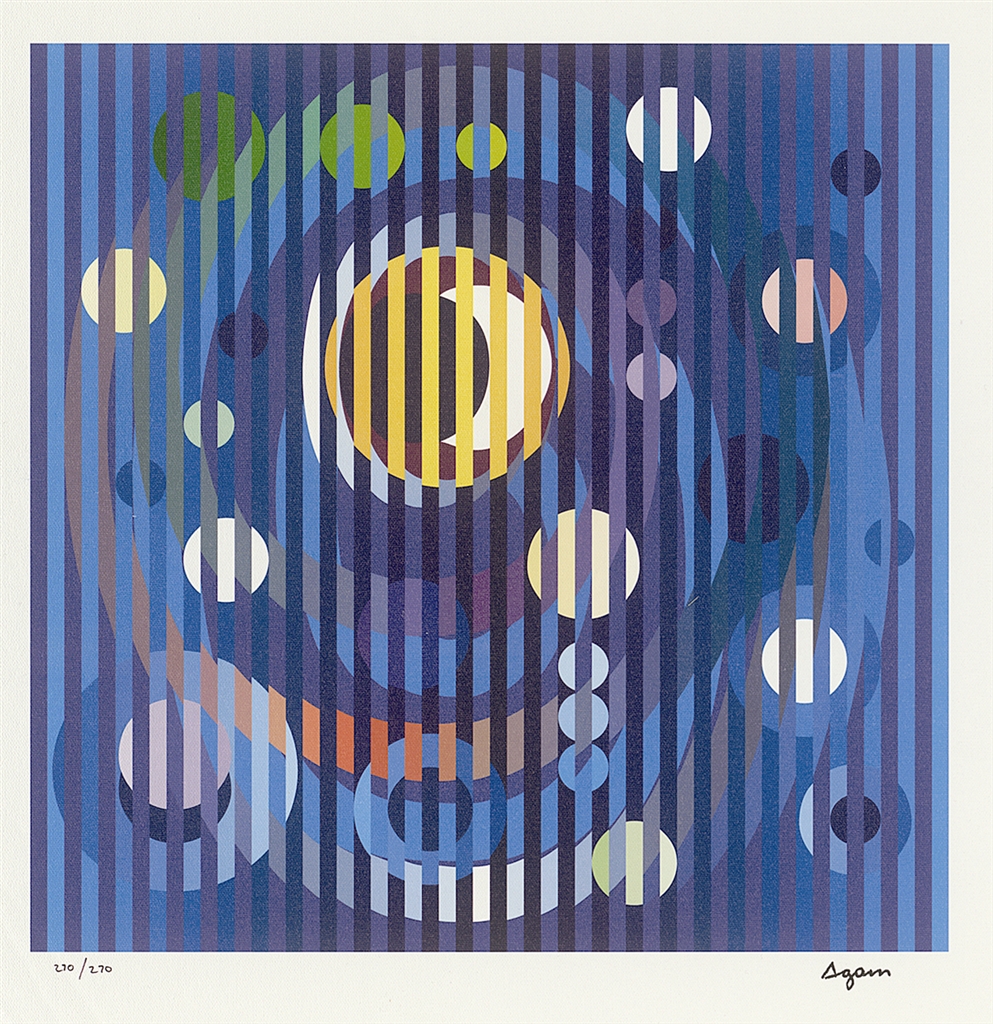
Agam’s art is rooted in Kabbalah, where form and spirit co-exist in continuous motion. His geometries echo the rhythm of prayer; his colors vibrate like psalms. He once called his works “visual prayers”—not paintings, but meditations that invite the viewer to complete them. Seen from one angle, his compositions might erupt in radiant order; from another, dissolve into mystery. In Agam’s universe, stability is an illusion, and revelation is always one step to the left.
His influence spans continents and disciplines. From public installations in Paris, New York, and Chicago, to his immersive “Elysée Salon” commissioned by President Pompidou, Agam’s reach extends from the walls of MoMA and the Guggenheim to the streets of Tel Aviv. In 2017, the opening of the Yaacov Agam Museum of Art in his hometown of Rishon LeZion cemented his legacy not just as an artist, but as a national treasure.
Awards followed in kind: the Chevalier and Commandeur de l’Ordre des Arts et des Lettres from France, the UNESCO Comenius Medal for his groundbreaking visual learning method, and numerous international honors celebrating his capacity to merge intellect, invention, and introspection. Yet Agam has never sought fame for its own sake. His true devotion lies in awakening perception itself.

To view his masterpiece “Rainbow Visual Prayer” is to witness that devotion made visible—five shifting angles, one transcendent continuum. The colors breathe. The shapes shimmer. The viewer becomes the missing brushstroke.
“If you know there is more than what you see, you see the world differently,” Agam said. That philosophy, distilled to its essence, defines his contribution to modern art. He taught us that movement is not chaos; it is creation. That time is not an interruption; it is illumination.
More than 70 years after his first exhibition, Yaacov Agam continues to stand as the great architect of the invisible—the artist who proved that art, like life, is never still.
See Agam in Motion—SoHo
If you want to experience Agam’s kinetic divinity up close, step into Park West Gallery’s SoHo space—where light, color, and perception recalibrate in real time. Schedule a private viewing, explore available works, or discuss placement for your collection by contacting kjasven@parkwestgallery.com. Collect with intention. Witness the work breathe.



